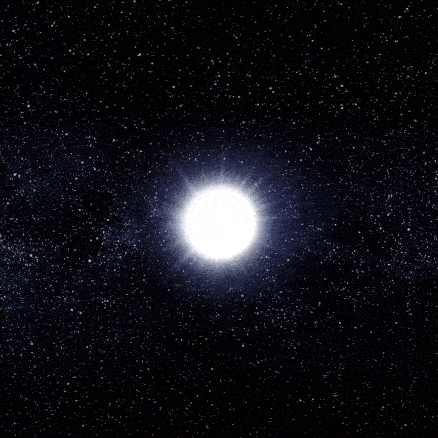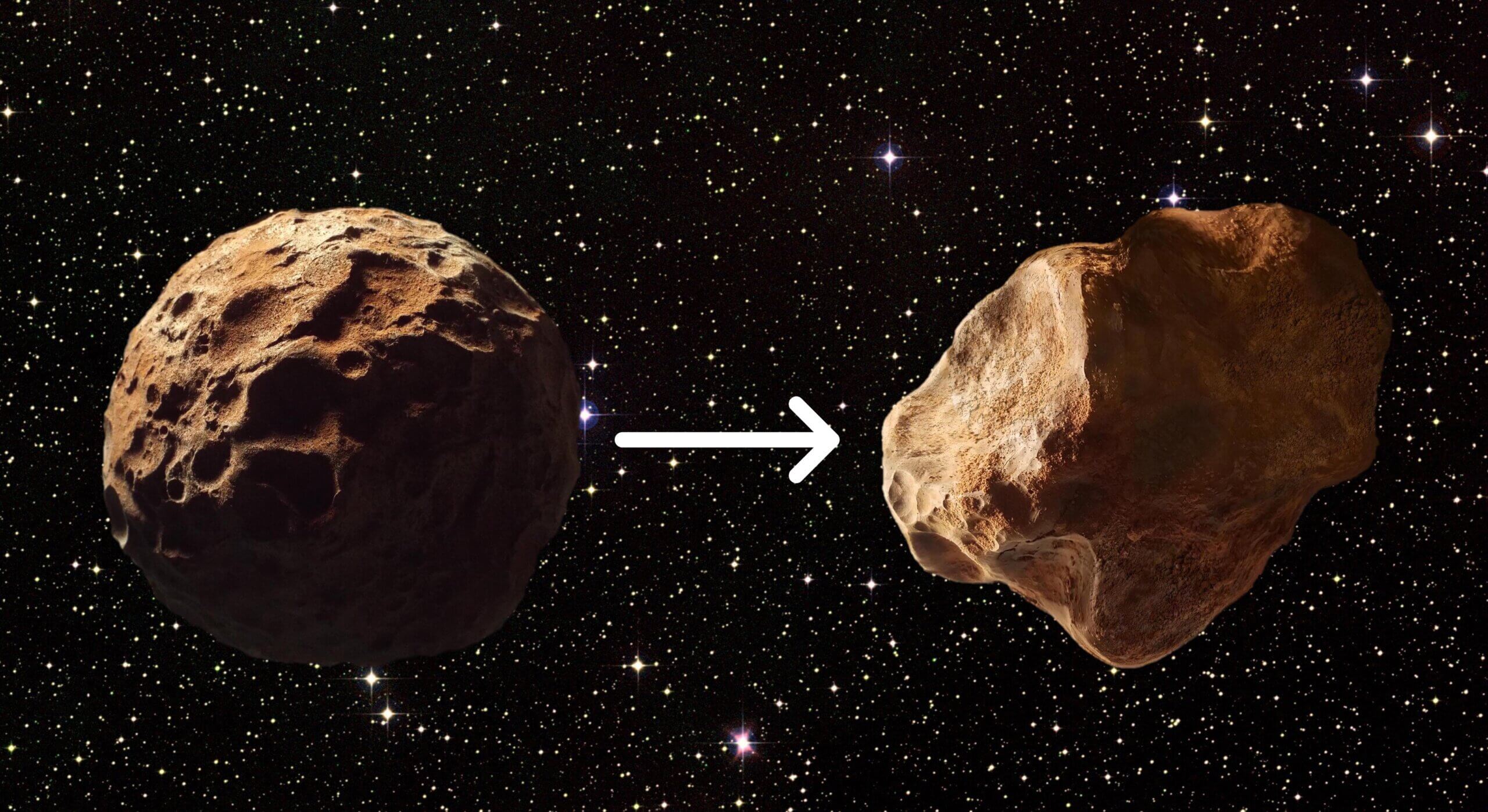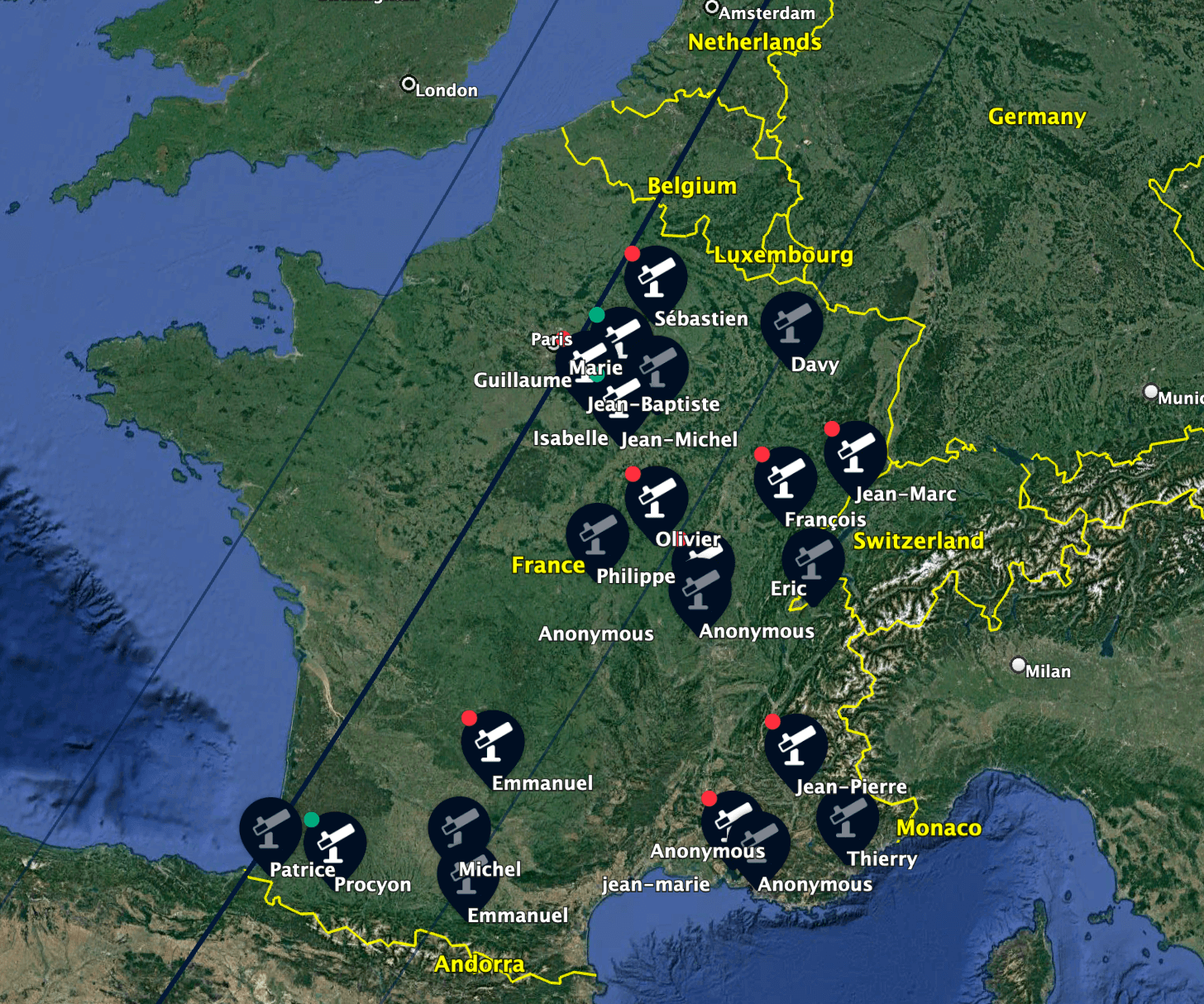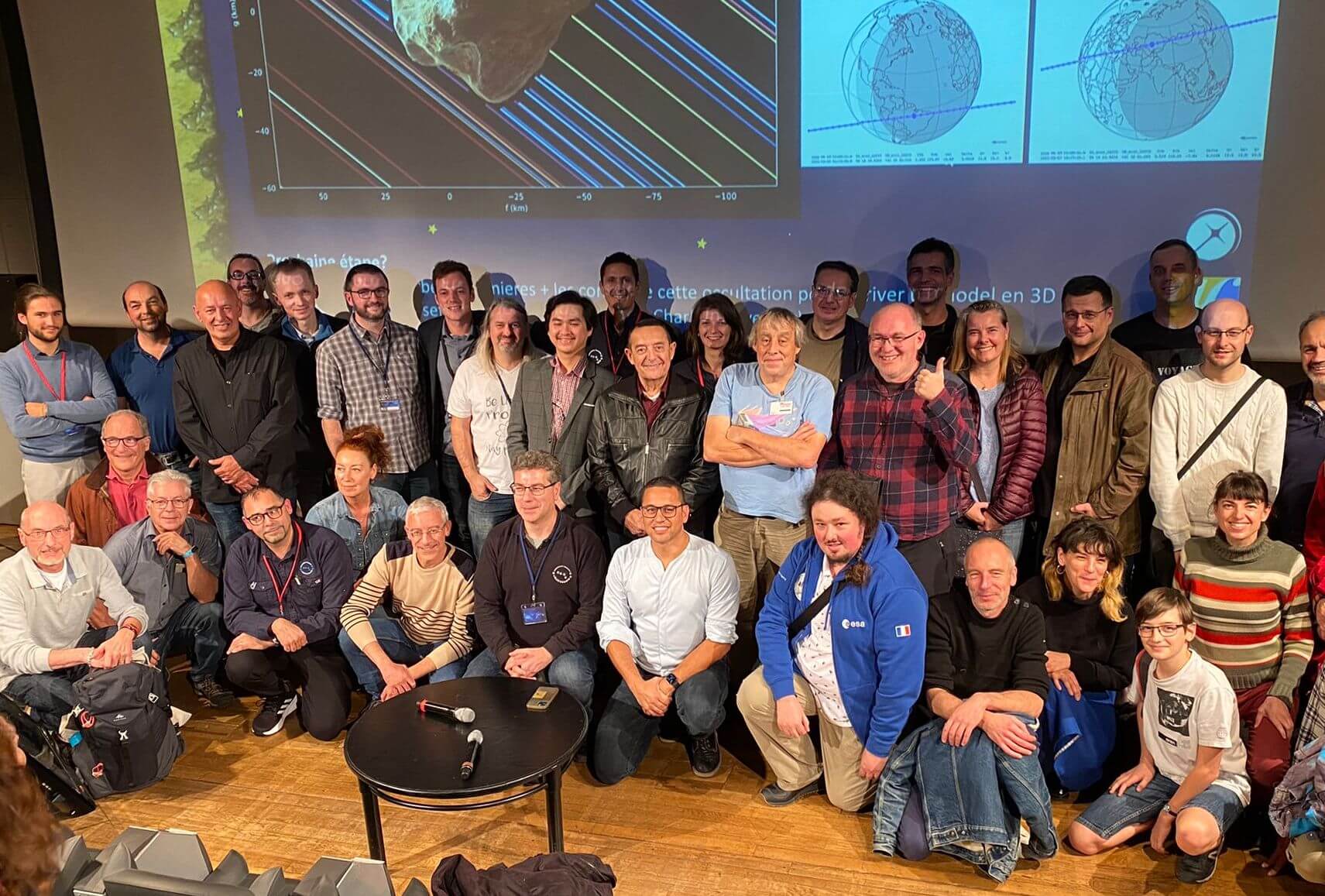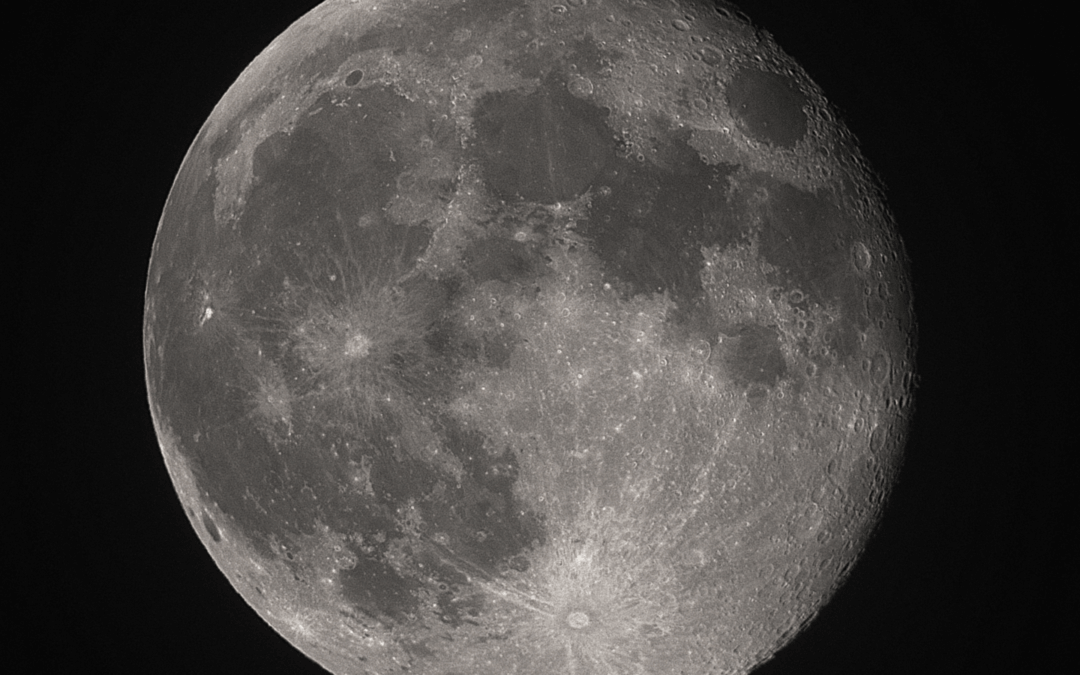Warning: Undefined variable $post_format in
/var/www/html/wp/wp-content/themes/Divi-child-unistellar/single.php on line
92
Warning: Undefined variable $post_format in
/var/www/html/wp/wp-content/themes/Divi-child-unistellar/single.php on line
107
Warning: Undefined variable $post_format in
/var/www/html/wp/wp-content/themes/Divi-child-unistellar/single.php on line
118
By participating in one of the largest-ever asteroid shadow hunts, the Unistellar community has decisively contributed to reshaping our knowledge of Eurybates, an asteroid that will be studied by NASA’s Lucy probe. These unique citizen science results were presented on November 11 by Franck Marchis, Unistellar’s Chief Scientific Officer and Senior Planetary Astronomer at the SETI Institute, at Les Rencontres Ciel & Espace, a major astronomical conference held in Paris.
At 4 a.m. CET on October 23, 320 skygazers across Europe turned their telescopes toward Eurybates, waiting for the moment it would occult, or pass in front of, a distant star. The group of observers, mobilized by the Association Française d’Astronomie (AFA), included 31 Unistellar Network members who passed their data to astronomers at the SETI Institute for analysis. These and other scientists were able to pick out subtle details from the asteroid’s shadow to create a new shape model for Eurybates.
“The combined observations of 18 positive occultations reveal a complex shape for the asteroid Eurybates with the presence of concavities suggesting the existence of large craters,” Marchis said.
These concavities mean Eurybates is shaped something like a peanut, instead of the ball shape astronomers had assumed previously. That’s important information for the Lucy mission, which will visit Eurybates in 2027 as part of its mission to the Trojan asteroids, a group of asteroids that follows Jupiter’s orbit around the Sun. These asteroids, which date back to the beginning of our Solar System, have never been studied up close before. Therefore, the Lucy mission could not only reveal new insights about asteroid formation, but also how the Solar System itself came to be.
Unistellar Citizen Astronomers will be keeping watch on the sky over the next few years as Lucy approaches its targets. There may soon be more opportunities to observe these asteroids, so keep an eye out for your chance to participate!
Every month, discover three unmissable celestial events to observe with your Unistellar telescope.
The latest Unistellar App Update, version V3.0, is now live. Explore a smooth stargazing experience !
Did you know Unistellar Citizen Astronomers are often cited in published scientific papers? Find out how you can contribute too!
Discover the enchanting names of the full moons in 2024. Delve into the unique character of each lunar spectacle and embrace the allure of the night sky.
The latest Unistellar App Update, version V3.0, is now live. Explore a smooth stargazing experience !
These Halloween deep-sky objects will add some light to those dark, spooky nights. Treats, tricks, and telescopes await!
